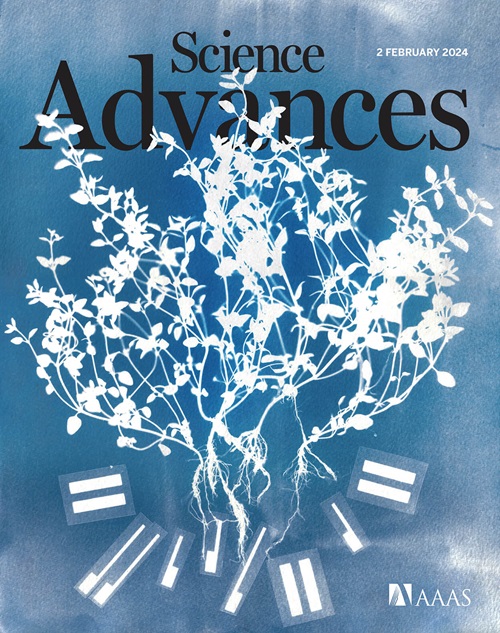Ocean alkalinity destruction by anthropogenic seafloor disturbances generates a hidden CO2 emission
IF 11.7
1区 综合性期刊
Q1 MULTIDISCIPLINARY SCIENCES
引用次数: 0
Abstract
The seafloor is responsible for 40% of the alkalinity input to the ocean, thus contributing to the ocean’s capacity to sequester atmospheric CO2. Anthropogenic seafloor disturbances induced by mobile bottom-contact fishing and dredging influence this natural carbon sink, yet the human impact on the ocean’s alkalinity cycle remains poorly quantified. Model simulations show that the combined impact of mobile bottom-contact fishing (e.g., trawling) and dredging reduces natural alkalinity generation by 60 to 220 gigaequivalent year−1, which is equivalent to a reduction of the natural marine carbon sink by 2 to 8 teragrams CO2 year−1. Alkalinity destruction by anthropogenic seafloor disturbance hence generates a hidden CO2 emission, of which the impact is comparable to the estimated reduction of organic carbon burial by mobile bottom-contact fishing. Our analysis emphasizes that carbon accounting in marine systems should consider the anthropogenic impact on both the organic and inorganic carbon cycles.

求助全文
约1分钟内获得全文
求助全文
来源期刊

Science Advances
综合性期刊-综合性期刊
CiteScore
21.40
自引率
1.50%
发文量
1937
审稿时长
29 weeks
期刊介绍:
Science Advances, an open-access journal by AAAS, publishes impactful research in diverse scientific areas. It aims for fair, fast, and expert peer review, providing freely accessible research to readers. Led by distinguished scientists, the journal supports AAAS's mission by extending Science magazine's capacity to identify and promote significant advances. Evolving digital publishing technologies play a crucial role in advancing AAAS's global mission for science communication and benefitting humankind.
 求助内容:
求助内容: 应助结果提醒方式:
应助结果提醒方式:


